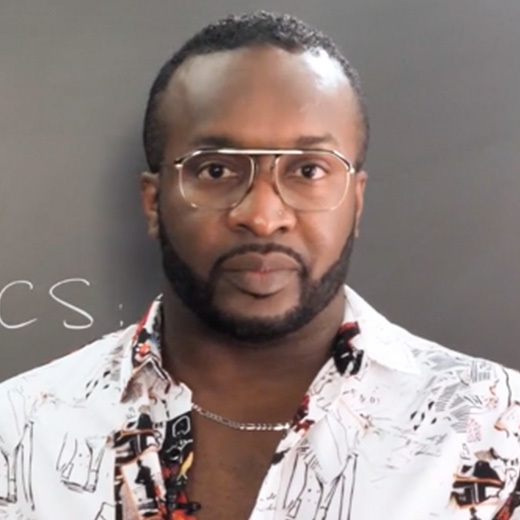Fiche de cours
The Handmaid’s Tale, Margaret Atwood
Themes:
- Expressing oneself and maturing
- Debarting
I. FIRST THINGS FIRST: Brief presentation of the novel and its writer
AUTHOR:
Margaret Atwood (born on November 18, 1939 in Ottawa, Canada)

- Canadian writer best known for her prose fiction and for her feminist perspective.
- Began writing at age 5 and resumed her efforts more seriously 10 years later.
- Studied at Victoria College (University of Toronto) and completed a Master’s degree in Literature at Radcliffe College, Cambridge, Massachusetts, in 1962.
- Role reversal and new beginnings are recurrent themes in her novels, all of them centered on women seeking their relationship to the world and the individuals around them.
NOVEL:
- Written in 1985 (then adapted for a movie in 1990, an opera in 2000 and a TV show in 2017).
- The novel somehow became famous again during Donald Trump’s unique term in office.
- Set in New-England in the near future, the story revolves around a society created in response of a fertility crisis.
- The story is told by Offred whose life has drastically changed as the woman was reduced to a womb. She tells the story as it happens and shows us the travels of her mind through asides, flashbacks, and digressions. The whole story is told from her point of view.
- The Testaments, a sequel to the novel, was published in 2019.
GENRE:
Dystopia but also primarily an example of speculative fiction because it imagines an alternate world not far removed from our own.
II. IN A FEW WORDS: Unmissable characteristics
CONTEXT:
12 years after Roe v. Wade, a landmark decision of the U.S. Supreme Court in which the Court ruled that the Constitution of the United States conferred the right to have an abortion.
Simple story with a complex setting.
- Atwood wanted to question her ancestors’ puritan precepts.
- Rhetoric in the novel: the numerous neologisms used by Atwood to name the ineffable.
Ex: Handmaid = a legalized prostitute/surrogate mother. + No quotation mark at all (memory is unreliable). - Human bodies as political instruments, place of women in a patriarchal society.

III. WAYS AND MEANS: Analysis of interesting quotes + recent promotional picture
“I would like to believe this is a story I’m telling. I need to believe it. I must believe it. Those who can believe that such stories are only stories have a better chance. If it’s a story I’m telling, then I have control over the ending. Then there will be an ending, to the story, and real life will come after it. I can pick up where I left off.” (Offred - end of chapter 7)
“I used to think of my body as an instrument, of pleasure, or a means of transportation, or an implement for the accomplishment of my will... Now the flesh arranges itself differently. I’m a cloud, congealed around a central object, the shape of a pear, which is hard and more real than I am and glows red within its translucent wrapping.” (Offred - end of chapter 13)
“Ignoring isn’t the same as ignorance, you have to work at it.” (Offred)

IV. IT’S A MATCH: Echoes in other artistic works

